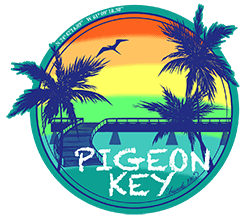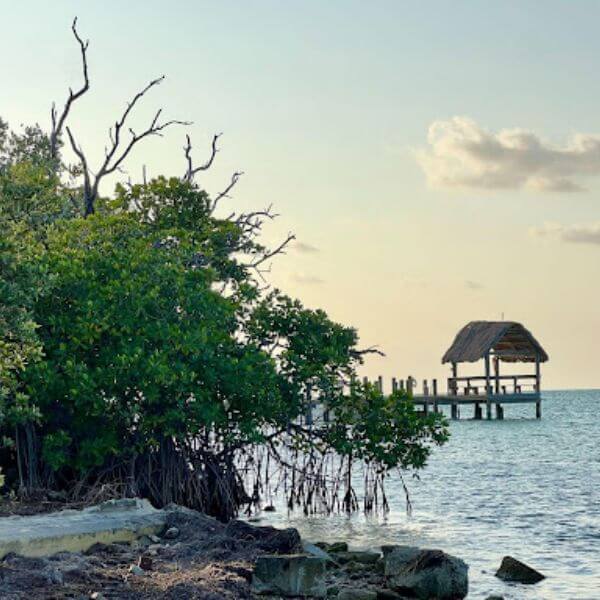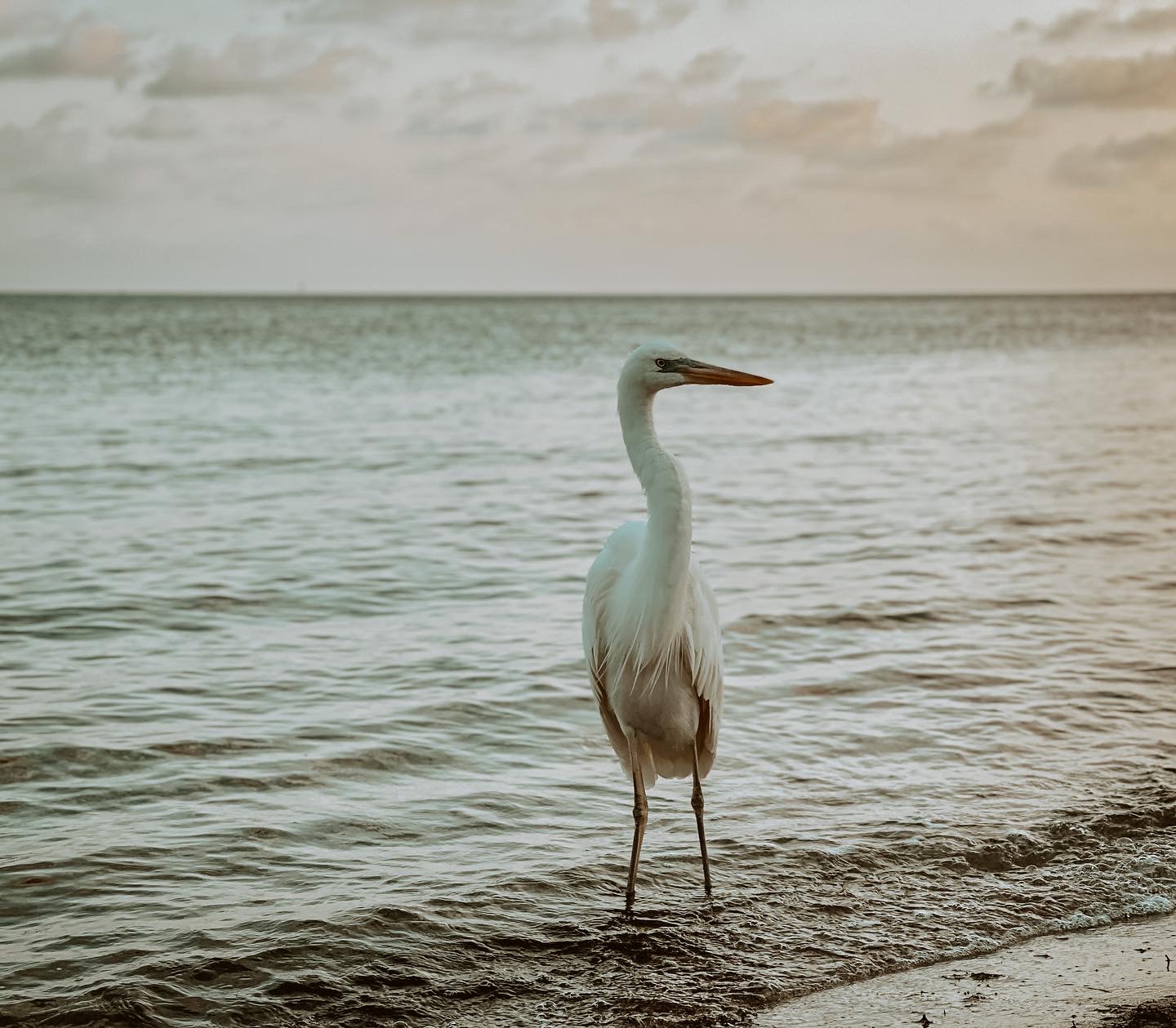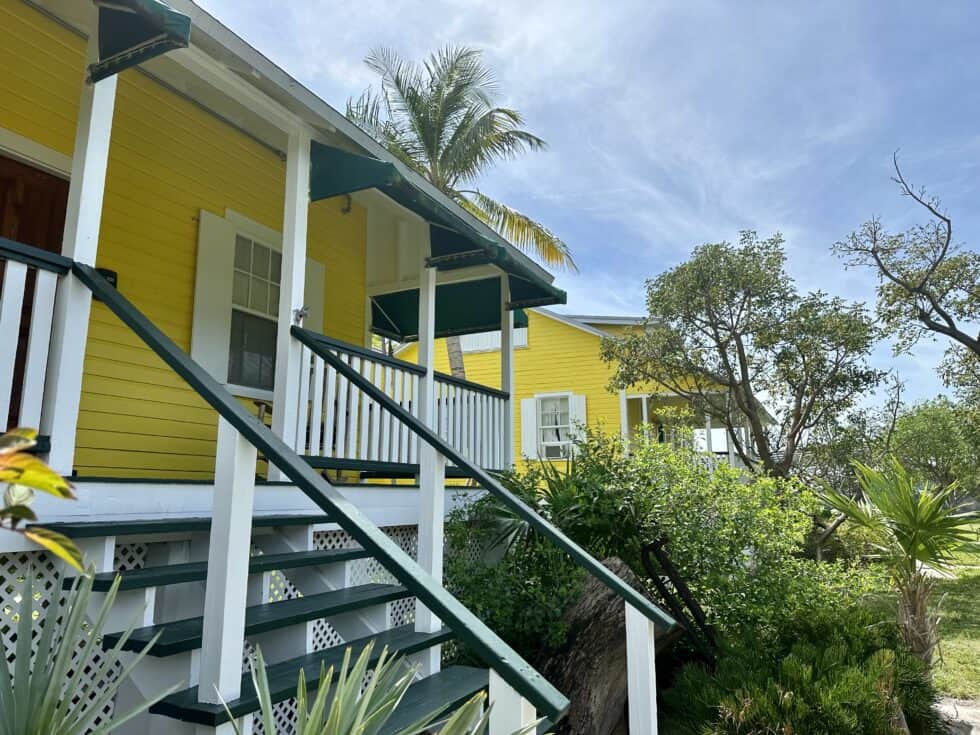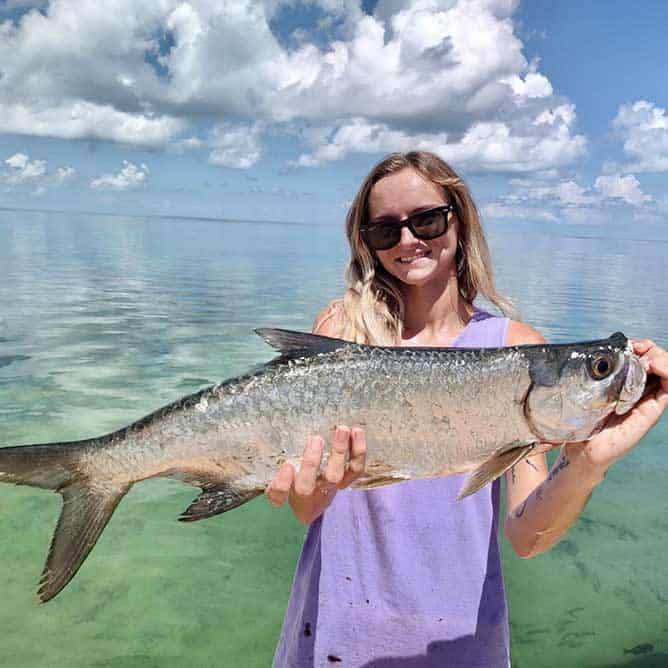If you’ve been to the Florida Keys, you’ve almost certainly seen trees growing along the coast, sometimes with their roots fully submerged in the saltwater! These are called mangroves, which are trees specialized for living in saltwater environments and are very important to our coastal environment. They provide a nursery habitat for juvenile organisms while stabilizing and protecting our coastlines. However, despite their various benefits, people continue to destroy and remove mangroves to make room for new developments.
There are about forty “true” species of mangroves in the world, but around the Florida Keys, you can find three types: red mangrove, black mangrove, and white mangrove. Out of these three species, you can find red mangroves and black mangroves on Pigeon Key.
Identifying Mangroves
Red mangroves are easily identifiable by their long prop roots that stick out of the water. These prop roots allow them to absorb carbon dioxide directly from the air while also providing stability for the mangrove and the sediment around the roots. Their prop roots are also a safe place for small, juvenile organisms, creating an important nursery habitat.
They can also be identified by their yellow sacrificial leaves. Although the red mangrove’s roots can limit salt intake by 90-97%, some salt from the ocean still gets into the tree. The salt that does make it past the roots will get pushed to the leaves which will eventually die and drop off the tree, taking the salt with it.
Black mangroves are identifiable by their pneumatophores, or roots that extend through the soil and stick up vertically out of the water, which is how they got their nickname, “snorkel roots.” This allows them to survive in intertidal zones where the tide is changing. Instead of sacrificial leaves like the red mangrove, the black mangroves push their excess salt through the backs of their leaves, where rain or dew will wash it off the tree.
The white mangrove also pushes excess salt to the back of its leaves and has nectaries, two small nodes at the base of the leaf. These produce a sugary substance to attract ants, which in turn deter other herbivorous insects. White mangroves like to stay high and dry, but we do find a cousin of the white mangrove on Pigeon Key called the buttonwood.
Importance, Threats, and Conservation Efforts
Mangroves provide many benefits for our environment. As a nursery habitat, the roots of the mangroves protect juvenile organisms including mangrove snappers, crabs, shrimps, and lobsters from predators. They also create the base of a dynamic food web since their leaves drop year-round. Because of this, mangroves provide a great amount of biodiversity. Specifically, 75% of game fish and 90% of commercial fish in Florida depend on mangroves.
Lastly, mangroves are important in protecting our coastlines from storms and hurricanes. They are our last line of defense after coral reefs and seagrass beds, slowing down the waves and holding down the sediment, preventing erosion. Pigeon Key’s mangroves helped protect the island from more substantial damages after Hurricane Irma in 2017, and again during Hurricane Ian in 2022.
While our mangroves are extremely beneficial to our environment, they face a major threat from development. Originally, they dominated about 75% of the world’s tropical coastlines, but in the past fifty years have decreased by 25%, mainly because of development. The mangroves are replaced with artificial beaches and housing, which causes issues with erosion and leaves the area vulnerable to hurricanes.
Despite these threats, there are many efforts to replant mangroves and establish protected areas, like The Everglades. In fact, after Hurricane Irma, the clothing brand MANG came to Pigeon Key and we helped plant 1,000 mangroves to replace the ones lost to the storm. These mangroves can be found around Pigeon Key and spotted from the Old 7-Mile Bridge. Make sure to check them out during your time on Pigeon Key!
